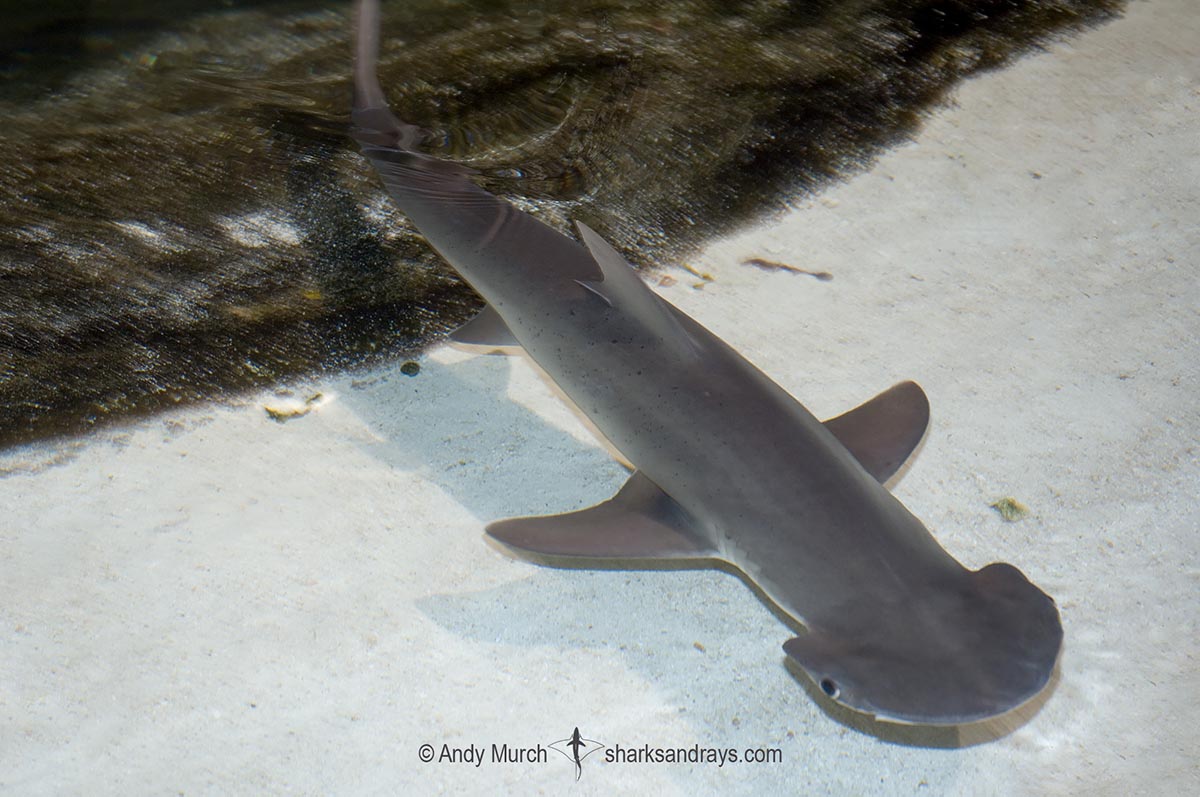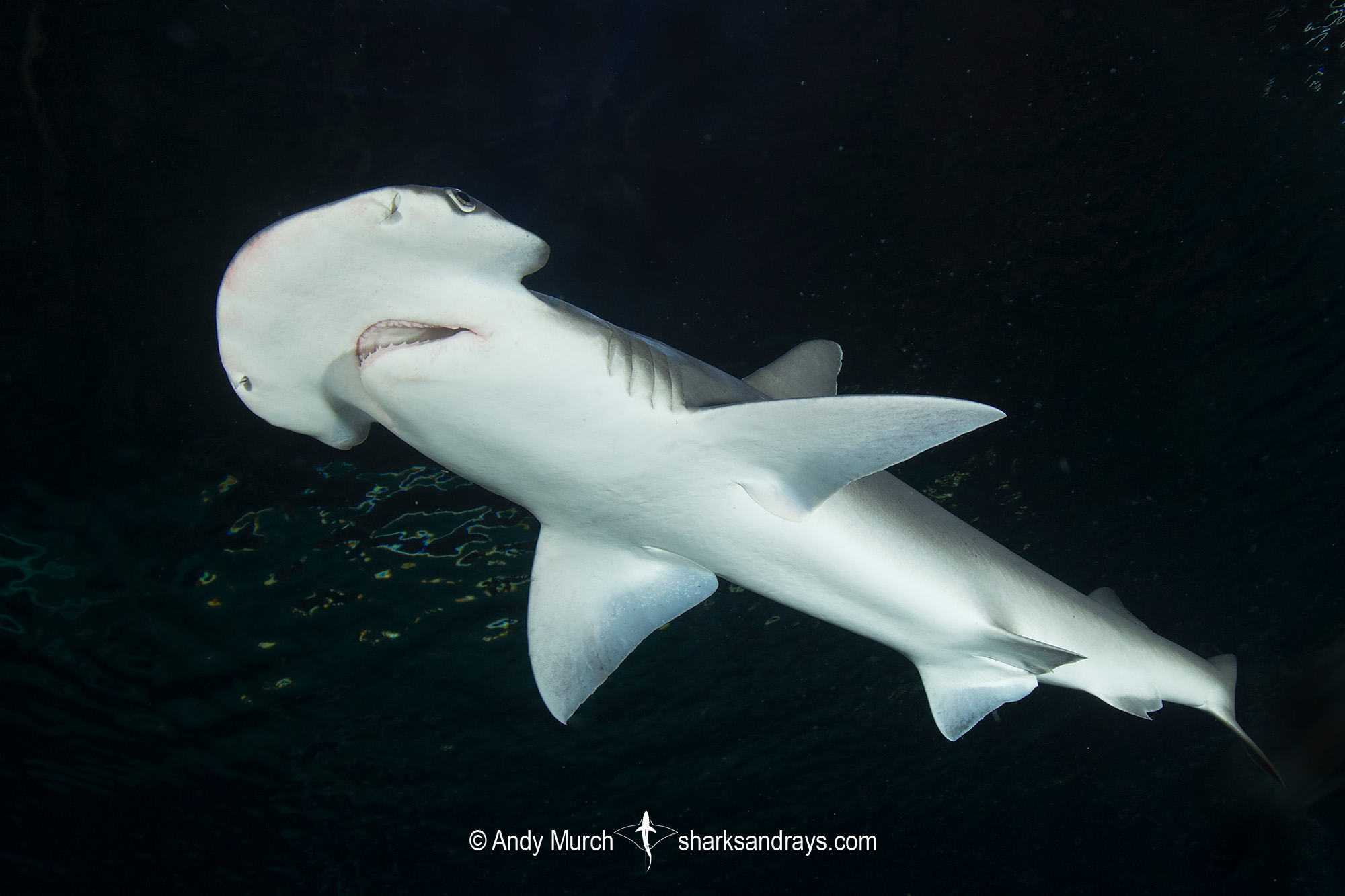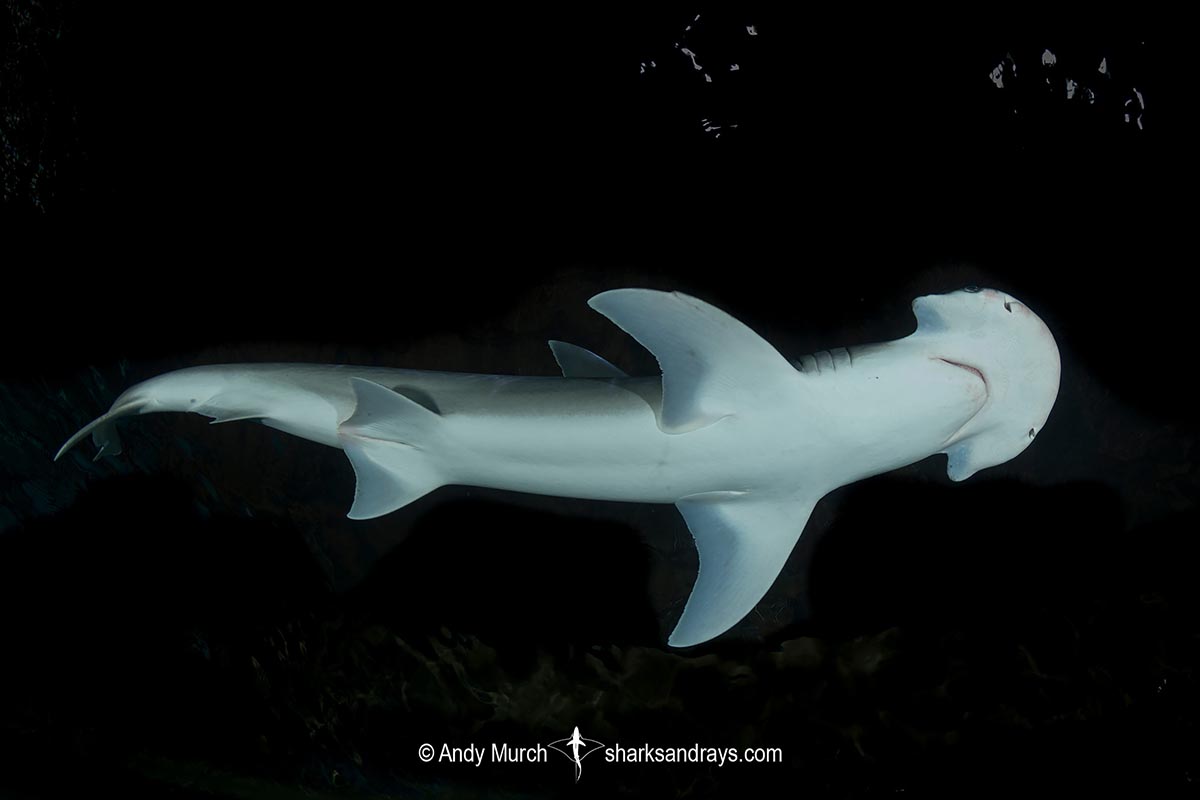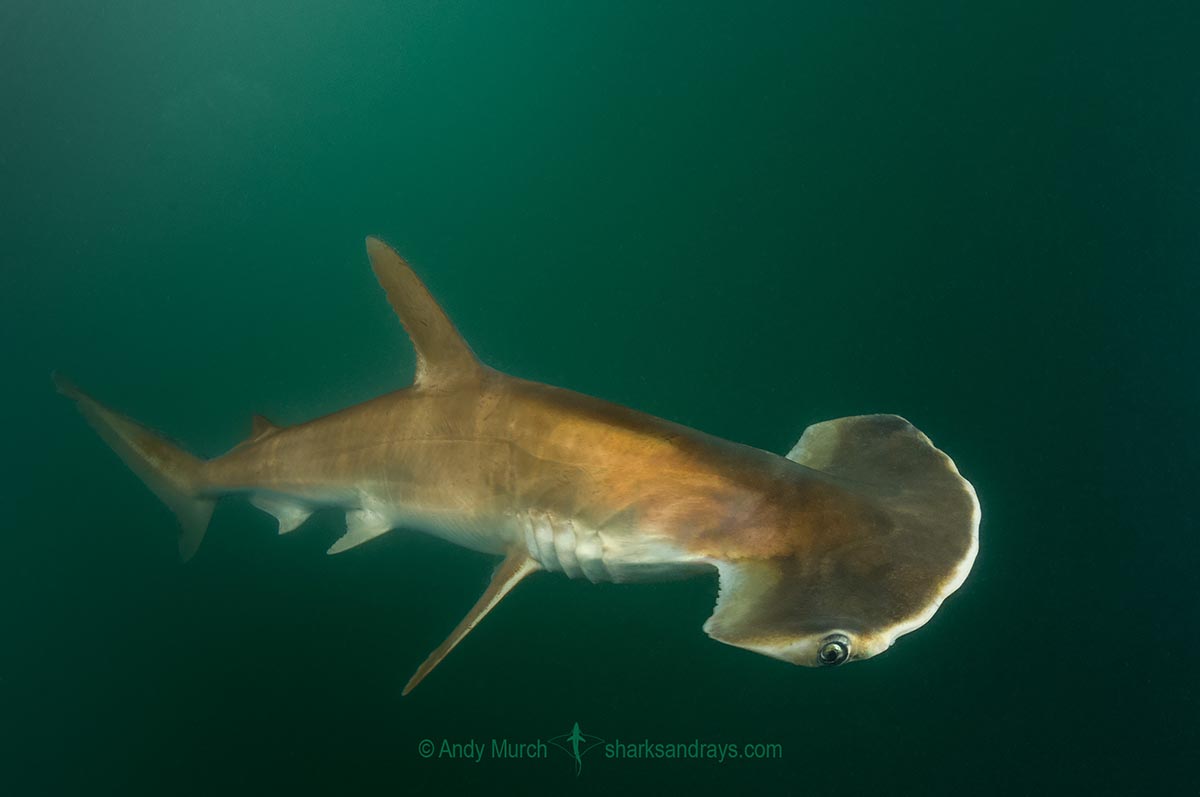Common names
Bonnethead Shark.
Binomial
Sphyrna tiburo.
Synonyms
Sphyrna tiburo tiburo, Sphyrna vespertina, Squalus tiburo.
Identification
Easily identified by it’s flattened, narrow, shovel-shaped hammer with no medial or central indentations. Dorsal coloration grey-brown sometimes with small dark spots. Ventral surface pale.
Size
Maximum length approximately 150cm. Average size at birth is 35-40cm.

Conservation Status
ENDANGERED
The bonnethead shark is caught as targeted and bycatch species in gillnet, longline, and shrimp fisheries. Although it has one of the fastest growth rates among sharks, drastic declines have occurred throughout its range. The population in the Northwest and Western Central Atlantic is relatively stable, but the Caribbean Sea and Southwest Atlantic population has been significantly reduced. Once common off of the Caribbean coast of Colombia, it is now very rare. In Brazil, the bonnethead is Extinct off the state of Rio de Janeiro, collapsed in São Paulo, and regionally vulnerable in Espírito Santo State. In Bahia state it is assessed as Critically Endangered. In the Pacific, bonnethead sharks were once abundant in the Gulf of California and the Pacific coast of Mexico, but they are no longer present in the Gulf of California. The last record in Mexico was in 2006 in Oaxaca. In Central America the last bonnethead was caught in the 1980s.
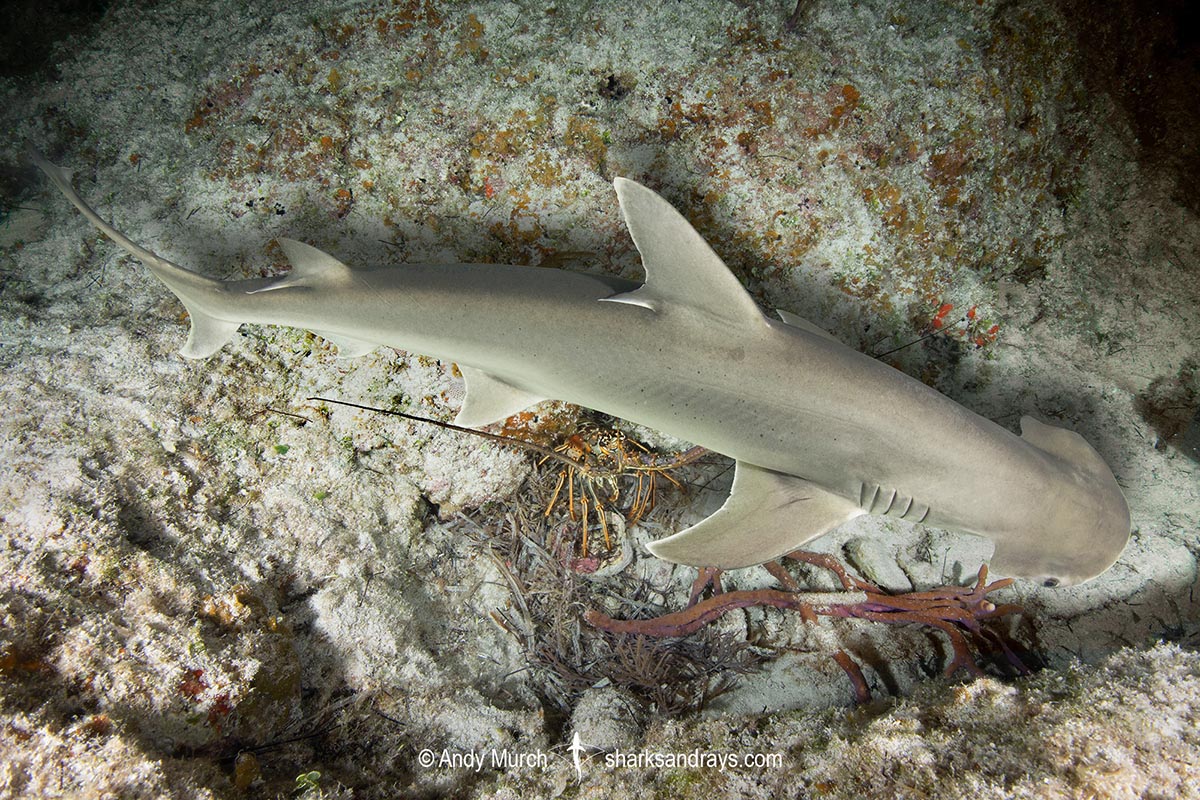
Habitat
Turbid or clear water in sandy and muddy bays, sea grass beds, and occasionally coral reefs and mangroves. From the surface to 80m but generally found in shallow water.
Distribution
The bonnethead is a tropical species present on both coasts of Central and South America. In the Atlantic, the bonnethead occurs from Rhode Island (in the Gulf Stream) to southern Brazil.
In the Eastern Pacific it occurs from Southern California to Ecuador.
The Bonnethead Shark is now thought to be a species complex divided into three regional (but undescribed) species. The first occurs in the Northwest and Western Central Atlantic (United States of America (USA), Bahamas, and Mexico), The second occurs in the Caribbean Sea and Southwest Atlantic (Belize south to Brazil, including Panama and Trinidad and Tobago), and third occurs in the Eastern Central and Southeast Pacific.
Reproduction
A viviparous species with yolk-sac placenta. 4-16 pups per litter.
The bonnethead has an interesting and well-documented reproductive cycle. Researchers working in Tampa Bay noted that mating took place in late October. All captured females displayed mating scars, whereas no captured females had mating scars a week earlier. However ovulation does not occur until 4-5 months later, indicating that the female stores the male’s sperm over the winter. The gestation period has been estimated at 4-5 months, with births (in Florida) occurring in September.
Diet
Diet consists mainly of crustaceans: crabs, shrimps, mantis shrimps, acorn barnicles. Also to a lesser degree, bony fishes; probably demersal species.
Bonnets in the eastern US are known to prey heavily on Atlantic blue crabs – Callinectes sapidus.
Behavior
Bonnetheads are migratory, moving north within the Gulf Stream during the warmer months. They are a social species that are usually found in small groups of 3-15. There are reports of extremely large aggregations moving together along the coast and within mangroves in John Pennekamp State Park, in Key Largo.
Reaction to divers
Very shy around divers and difficult to approach.
Diving logistics
Bonnethead sharks are occasionally seen in the upper Florida Keys by divers and snorkelers. From Key Largo to Isla Morada seems to be the best area to attempt to see them.
As the sound of scuba would be an issue, most likely, the best chances for close encounters would be by quietly snorkeling in shallow bays or mangroves and free-diving down when the sharks come into view.
I have had some success by chumming from a small boat but the bonnethead that showed up, bumped the boat and bolted instantly. With a little perseverance, I suspect chumming would work well to photograph this species.
Similar species
Scoophead Shark distinguished by its more mallet-shaped hammer.
Scalloped Bonnethead As above, distinguished by its wider more mallet-shaped hammer.
Smalleye/Golden Hammerhead As above, distinguished by its wider more mallet-shaped hammer.


